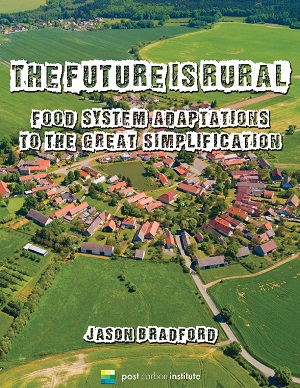Recently, RE (Reverse Engineer) of the famed “Doomsday Diner” carried out an opinion poll among the people frequenting some of the most doomeristic/catastrophistic/millennialistic sites of the Web (including Ugo Bardi’s blog, Cassandra’s Legacy).
Refreshingly, a majority of the members of this group of hard-liners are in favor of renewable energy! Only 36% of the group think that renewable energy is useless, while 57% think it will power a sustainable technological civilization.
So, maybe you are one of those people who feel it is their duty to pester the discussions on this subject with your favorite statement that goes as “renewable energy plants are built using energy coming from fossil fuels, therefore will never be anything but fossil fuel extenders.” Then, know that not only you are wrong, you also understood nothing of the concept of EROI, and, finally, you are also a minority even among the minority of the millennialists of the Web.
Yes, the transition will not be easy, but renewable energy is the future of humankind. It is the Seneca Rebound, baby!














